2025
Comparably’s Best Company Outlook
* Providing engineering services in these locations through SWCA Environmental Consulting & Engineering, Inc., an affiliate of SWCA.

From the experts we hire, to the clients we partner with, our greatest opportunity for success lies in our ability to bring the best team together for every project.
That’s why:
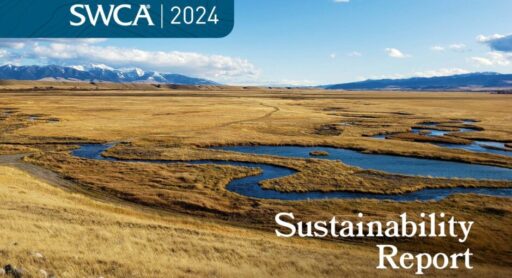
At SWCA, sustainability means balancing humanity’s social, economic, and environmental needs to provide a healthy planet for future generations.
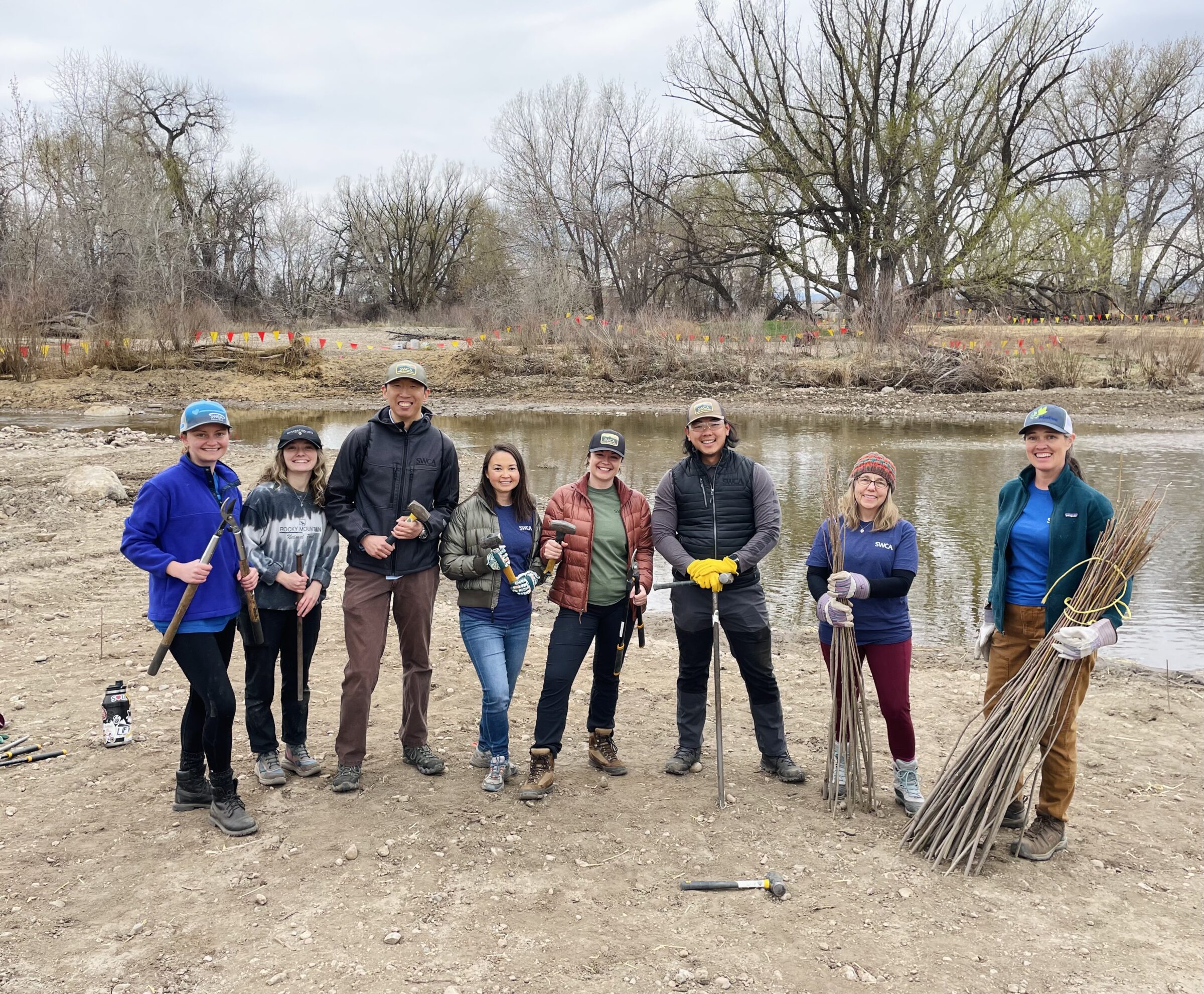
SWCA employs smart, talented, problem-solvers dedicated to our purpose of preserving natural and cultural resources for tomorrow while enabling projects that benefit people today.
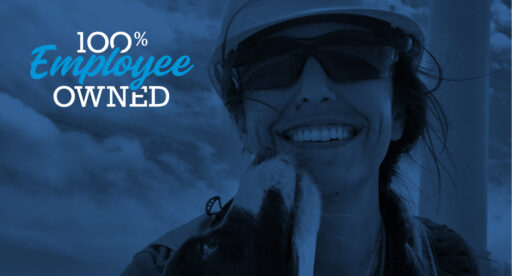
At SWCA, you’re not just an employee. You’re an owner. Everyone you work with has a stake in your success, so your hard work pays off – for the clients, for the company, and for your retirement goals.
CTO Linda Lannen Shares How SWCA Uses AI and Imaging Technology with Environmental Business Journal
“Artificial intelligence” includes a wide set of tools – some have been in use for decades, but the ChatGPT craze has brought others out of the shadows.
The Environmental Business Journal (EBJ) recently interviewed SWCA’s Chief Technology Officer Linda Lannen for its Q3 2023 Technology & the Environmental Industry issue. The report is an analysis of technology deployment, investment, spending, service offerings, research and development, and long-term aspirations of companies and executives for the future of the environmental and climate change industries.
Lannen shared insight into how SWCA uses advanced imaging technology, artificial intelligence (AI), large language models like ChatGPT, and other technology to provide clients with high-quality data more quickly so that they can make better decisions that positively impact their business and the planet.
Read the Q&A below to learn more about how SWCA offers solutions to detect methane gas leaks at the specific fitting on a well, identify endangered species and cultural resources in the field with computer vision and audio models, sift through public comments databases, and more.
The below article is an excerpt from the Environmental Business Journal® Q3 2023: Technology & the Environmental Industry.
Download the full interview with SWCA CTO Linda Lannen here.
Since 1981, SWCA has helped public and private clients overcome environmental challenges and move their projects forward. Our 100% employee-owned firm offers comprehensive sustainability advisory, environmental planning, regulatory compliance, and natural and cultural resources management services. We work together to understand the full life cycle of any project, from inception to completion. In the face of rapid environmental, economic, and societal changes, our purpose is simple: to preserve natural and cultural resources for tomorrow while enabling projects that benefit people today. We do that by offering a suite of environmental consulting services combined with local knowledge, regulatory expertise, and high-quality service. We build long-term, trusting relationships with our clients and guide their projects to successful completion. With a global presence, SWCA is able to rapidly pool resources and respond to our clients’ needs.
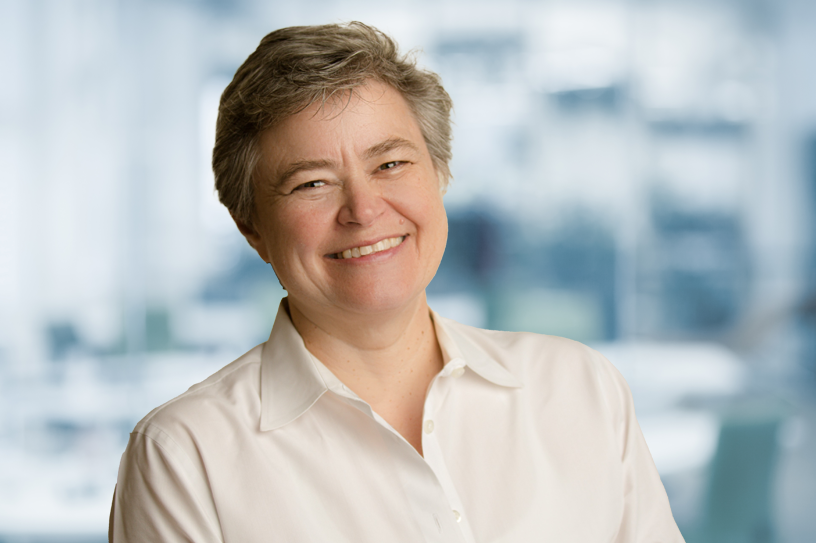
Linda Lannen, SWCA Chief Technology Officer
Linda Lannen: We have developed unique capabilities to leverage imaging from a variety of sources – satellites, fixed wing and rotor wing aircraft, drones, and people on the ground. Satellite data is great for monitoring site changes over time, whether it’s construction, vegetation, or damage from natural disasters. We currently employ a variety of sensors, as well, from LiDAR to multi-spectral and infrared, to meet our clients’ needs on diverse projects. One of the most exciting new services we offer is methane gas leak detection from our UAVs. The ability to pinpoint which fitting on a well is leaking provides actionable information to our clients. Other services we’ve seen can show which field has a leaking well, but they can’t identify the specific fitting. The level of specificity we provide saves the client money, and it’s good for the environment because we can address issues promptly.
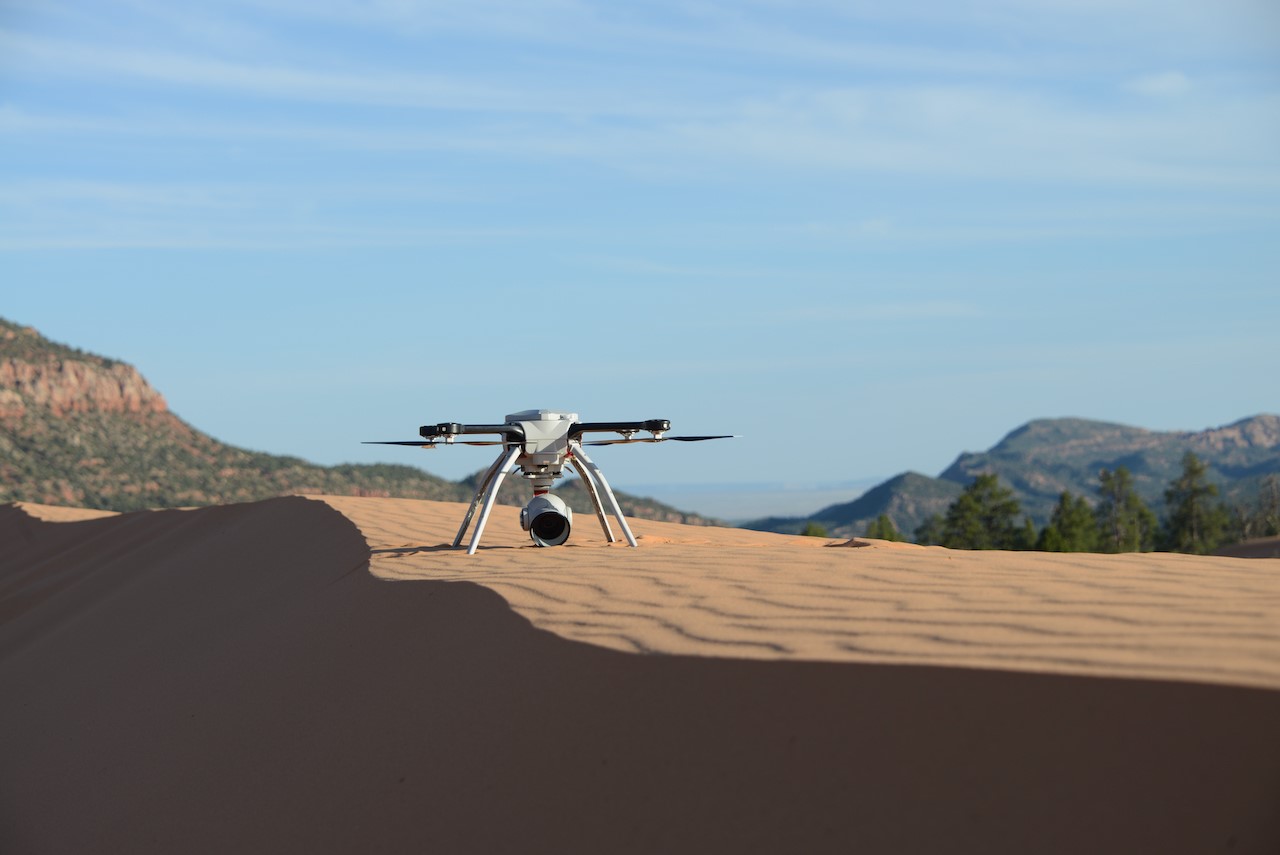
SWCA Actively Captures and Fuses Relevant Project Data in Near Real Time Employing a Myriad of Sensors (Payloads/Cameras) Using Robots Operating from Land, Sea, Air, and Space
Lannen: “Artificial intelligence” includes a wide set of tools – some have been in use for decades, but the ChatGPT craze has brought others out of the shadows. Five years is a lifetime in the technology world – but I do think that machine learning will be more fully integrated into our workflows. I look at tools like ChatGPT as having a research assistant who can start that presentation or report. It saves time on tasks we’d rather not do ourselves, and it can identify trends that we might miss. The experts can then assess what these tools produce, fact-check, fine-tune, and
deliver a faster and higher quality service.
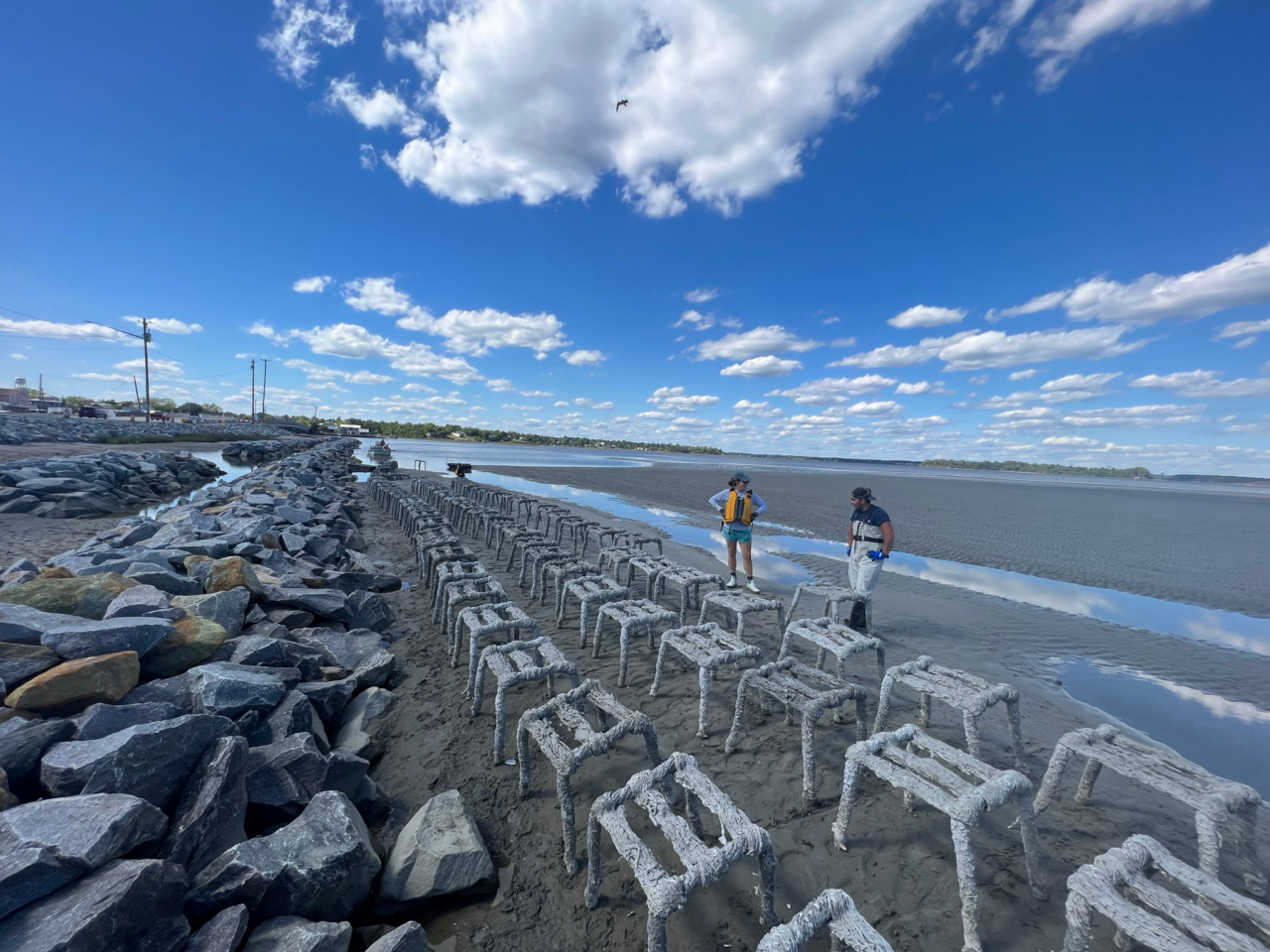
Artificial Oyster Reefs on an SWCA Living Shoreline Project in NC
The industry absolutely needs to shift to leveraging more technology – whether simple automation or more complex AI large language models (LLMs) to automate mundane, repetitive tasks. This frees our experts to focus on the truly innovative, creative thinking that goes into protecting and restoring the environment.
Lannen: ChatGPT and other LLM tools are demonstrating the value of Artificial Intelligence in a more “consumerized” version. Previously you needed to understand data science, some R programming language, and a bit of advanced statistics to be able to leverage AI tools. I see these LLMs as some of the first tools that anyone can use for a wide variety of tasks. SWCA is leveraging these and other AI tools for a wide variety projects, from species identification to assisting with report writing. We have an AI task force that is a fantastic combination of data scientists, project leaders and field scientists who are collaborating and prioritizing the many requests our Technology team receives for using tools on projects and in corporate services. We are using it to sift through public comments databases, and for a number of geographical delineation projects. The speed with which you can process data and identify trends is remarkable – and the secret sauce in using AI is to pair it with our scientific expertise. Using it alone gets you a certain distance, but you need to have expertise to train the models.
Lannen: Most firms’ technology budgets have shifted a lot of capital expense to operating expense as we have adopted more cloud and SAAS technologies. It’s not necessarily cheaper, but it’s a change. I also see IT evolving from a pure cost center to becoming a hybrid P&L as we work with our consulting colleagues to deliver data-driven solutions to our clients.
Lannen: I first got involved in the Environmental industry when I went to work for a technology startup/subsidiary of MWH Global in 2002. They were later absorbed into MWH. This is where I met the late Dr. Vic Gulas, who was a tremendous mentor and sponsor for me. He was the Chief People and Knowledge Officer (best title ever!) at MWH Global. His work included that intersection of people, knowledge, and technology – and we did some notable work on social networks (how work gets done and how you develop trust among teams) that influences and inspires me today. Another great mentor and friend for me is Kathryn Simon, who taught me that you can be a manager, leader, and a friend, and how to juggle those hats with your team.
Lannen: One impact of climate change that I’ve experienced – I moved to Southern California 12 years ago, and am blessed to have two homes in a coastal region and in the mountains. When I first moved here, most people didn’t have air conditioning in either place. Now, people are installing A/C in droves in both areas as the temperatures rise for longer periods during the summer. Clearly this is a firstworld “problem,” but it is remarkable to me that it’s happened in both places and only over a decade or so.
Subscribe to The Wire, SWCA’s quarterly newsletter that delivers the latest industry news, important regulatory updates, local events, and more straight to your inbox.
Original Article Link (may require registration):
https://ebionline.org/product/environmental-business-journal-volume-36-numbers-07-08-q3-2023-technology-and-the-environmental-industry/